A Photo Essay: Our Shared Love of Food in Bengal

Food is everybody's language. Through photos and reflections, this piece explores Community Ambassador Tara Rudd's stay in Bengal, Dasghara Village and how - despite language being a barrier - the sharing of food broke down walls.
Food is often the way we can most make sense of the world, a form through which we can communicate best.
Today is the Hindu festival of Saraswati Puja. It marks the arrival of Spring with celebrations to the Goddess of Knowledge. There is music, food offerings, dancing and all school books must remain shut. As the pandemic slows us down, it gives us an opportunity to rethink our relationship to food and knowledge - think back to where it comes from, with respect towards those whose culture it’s from. (Follow the #FarmersProtest in India.)


Saraswati Puja celebrations, Feb 2020. Offering food to the Goddess Saraswati - fruits, puffed rice mixed with peanuts and roasted dal as prasad. ‘Kitchurri’ - a mung dal, broken rice and ghee dish, with aubergine, sweet tomato chutney, 'hotch-potch' vegetables and sweets are served after. The colour yellow is linked to spring - mustard plants line the fields at this time of year and this is reflected in their dress and food.

Hospitality is a mutual exchange of curiosity for each other's identities, and never just your own; a moment where surprise, knowledge and intimacy all come together and disarm you like nothing else could. Sandhya (below), arriving with a black plastic bag only to pluck a fresh gleaming fish out of it for lunch, before setting the stage in a quiet confidence that says - 'I know your western ways', let me show you how it’s done. She keeps the mysteries alive; deep fried egg omelette slapped in curry sauce, supersonic spinach that tastes vital with dewy magic still clinging, while the pressure cooker sings: be slow.




Or, a fresh coconut sweet gets popped in your mouth as an act of generosity - before you can raise the politeness barriers. These moments have the power to transform:


Chitrita Banerji (in Eating India) writes about the importance of growing up with a sense of where our food comes from. She also writes about the connection of eating with your hands, which feeding each other also does, and the consumer as "an actor in a painterly enterprise."

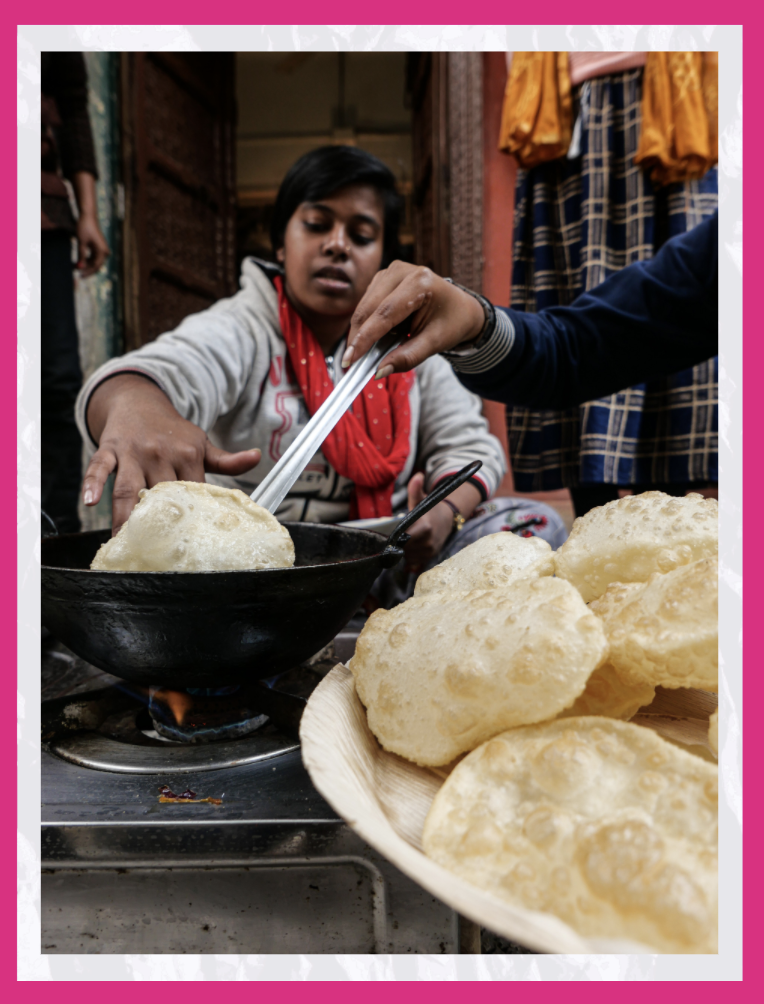
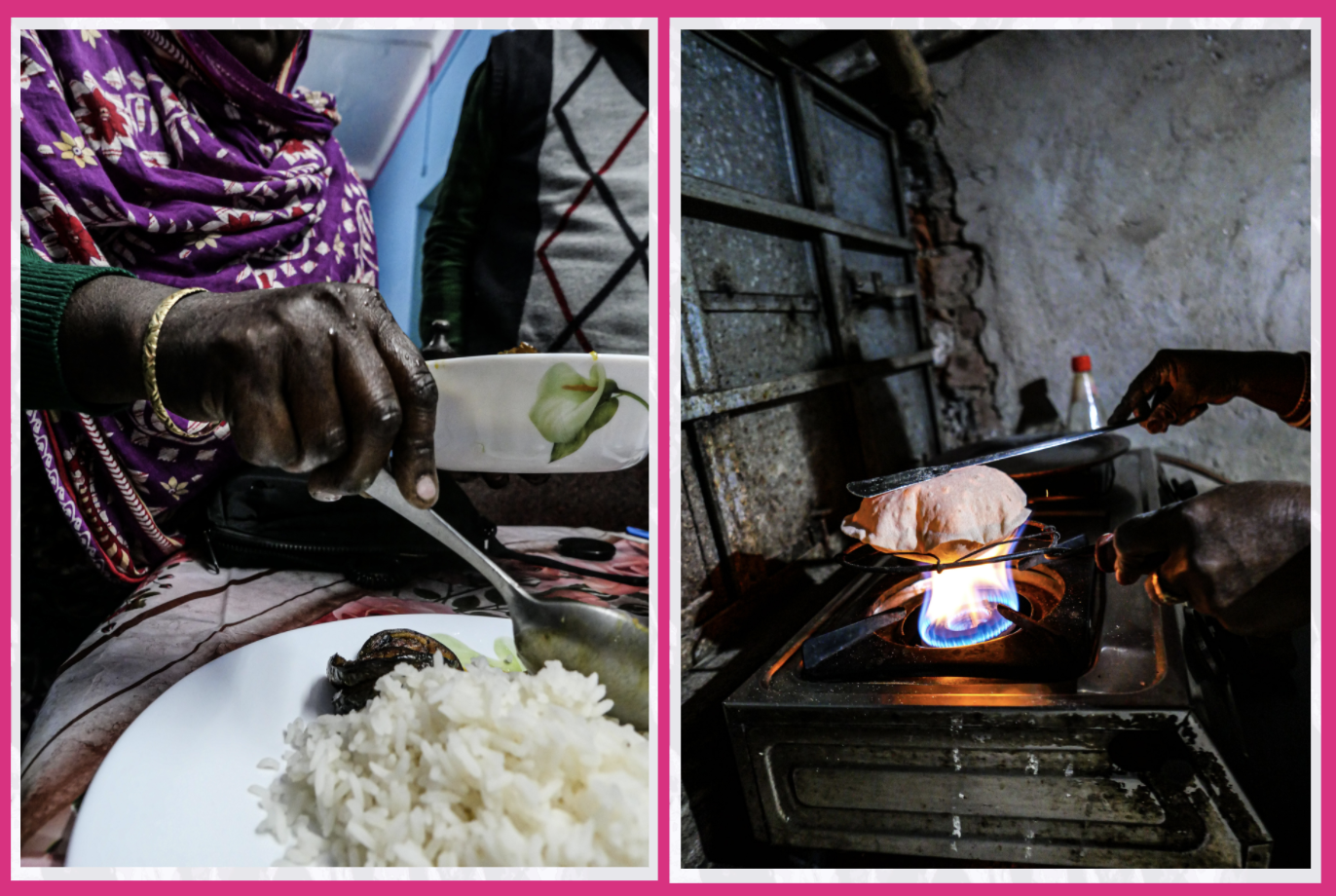
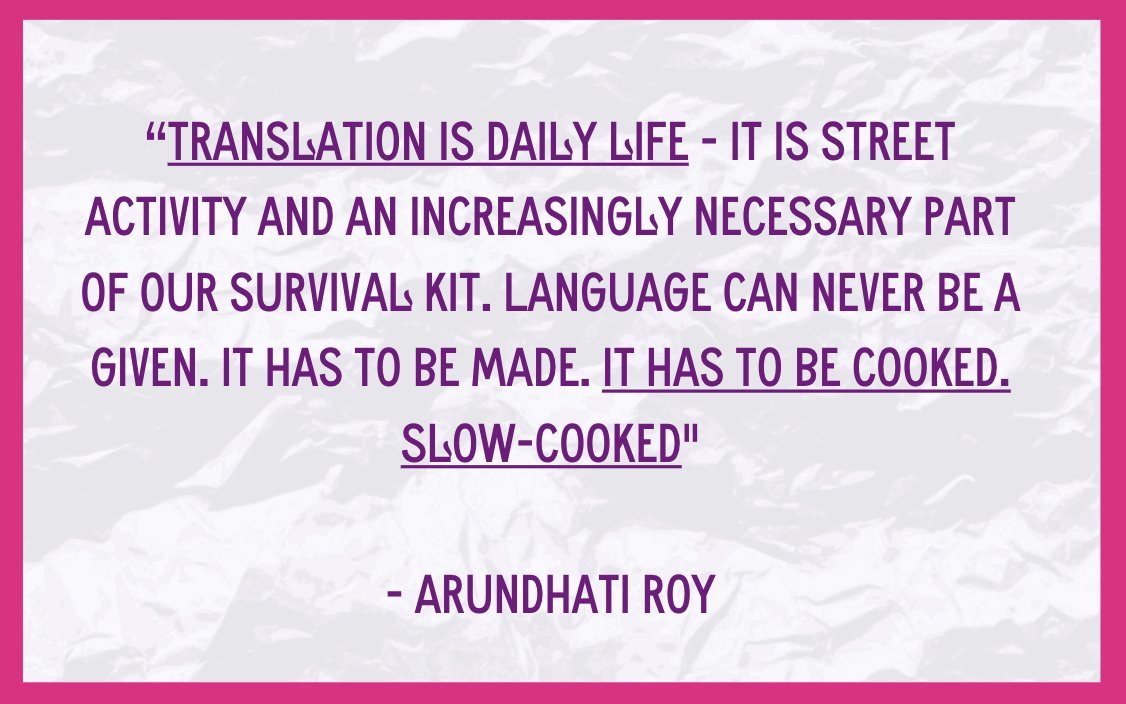

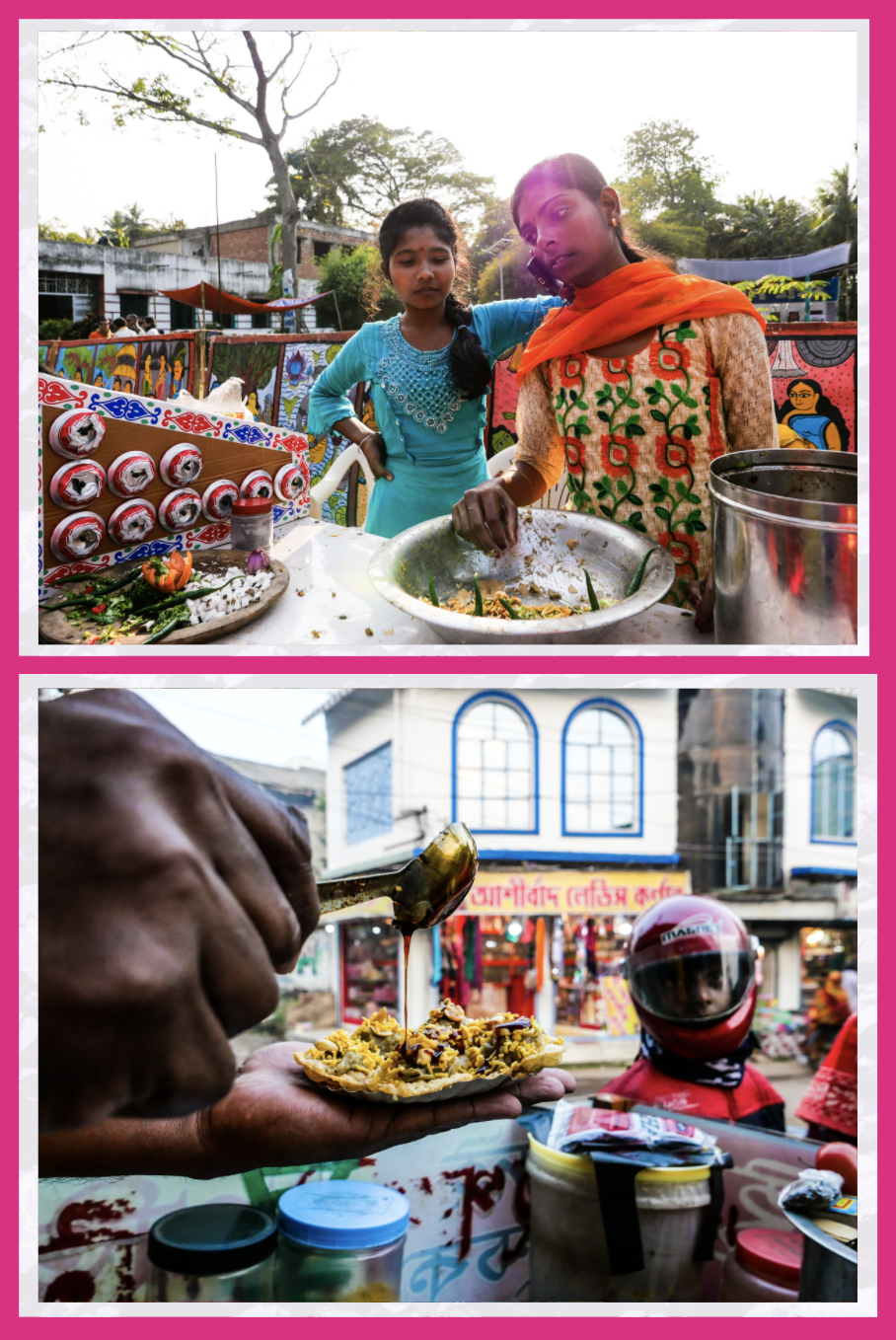
Ben Okri speaks about the appropriation of voice (applied here to food) when journeying into other people’s cultures:
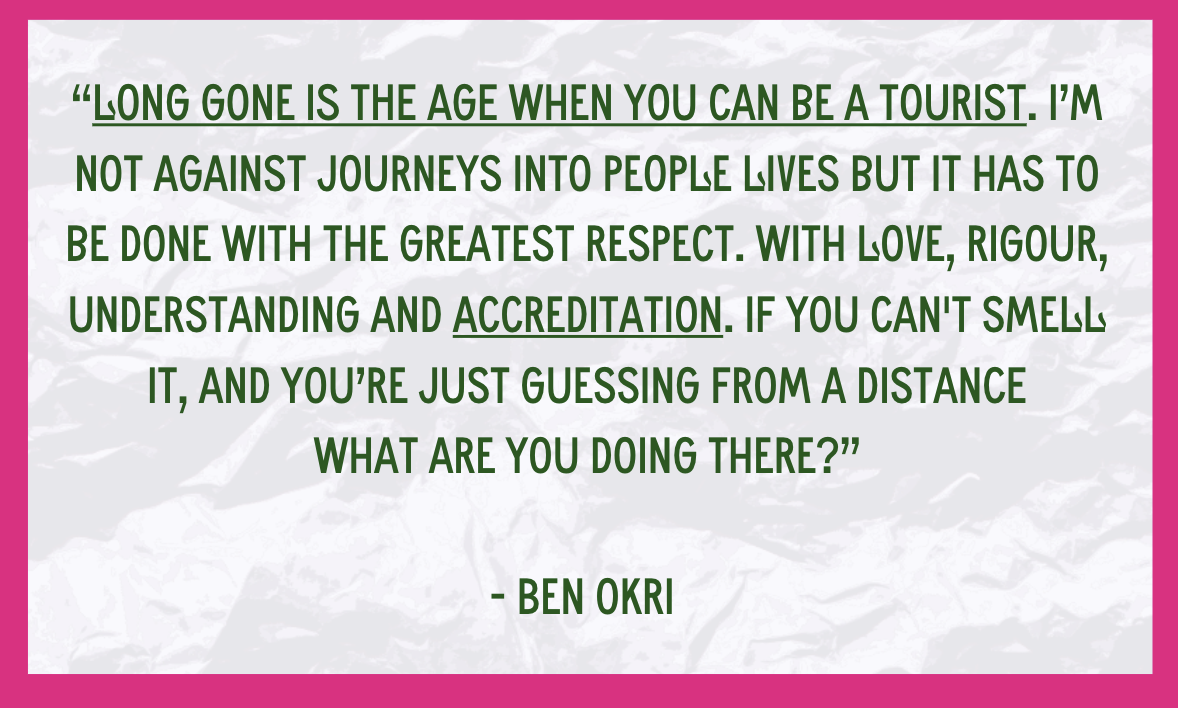










Food is a language which breaks barriers.
It reaches across borders to connect us and although some of the spaces in which we used to play are currently closed off - there are always ways in which we can connect through food, and amplify voices of those less heard. Like supporting the Farmers in India.
The food that they grow reaches all four corners of the world, and in the UK, where curry is king, we must raise awareness. Like Cynthia Chou says, “eating has always been a cultural act if not an active, political one of protest.”
To stay in the know with #IndiaFarmersProtest, check out this photographer who has been documenting the protests.
Want to find out more?
- Check out these comfort food recipes from pro chefs to sustain you in lockdown!
- Discover 21 written works about food by racialised people to inspire you
- If you need further support, our Essentials and Housing section for a list of organisations providing emergency food and essential support
This piece was written by one of our Community Ambassadors, Tara Rudd, Content Creator and Food Activist. Find out more about Tara here.
